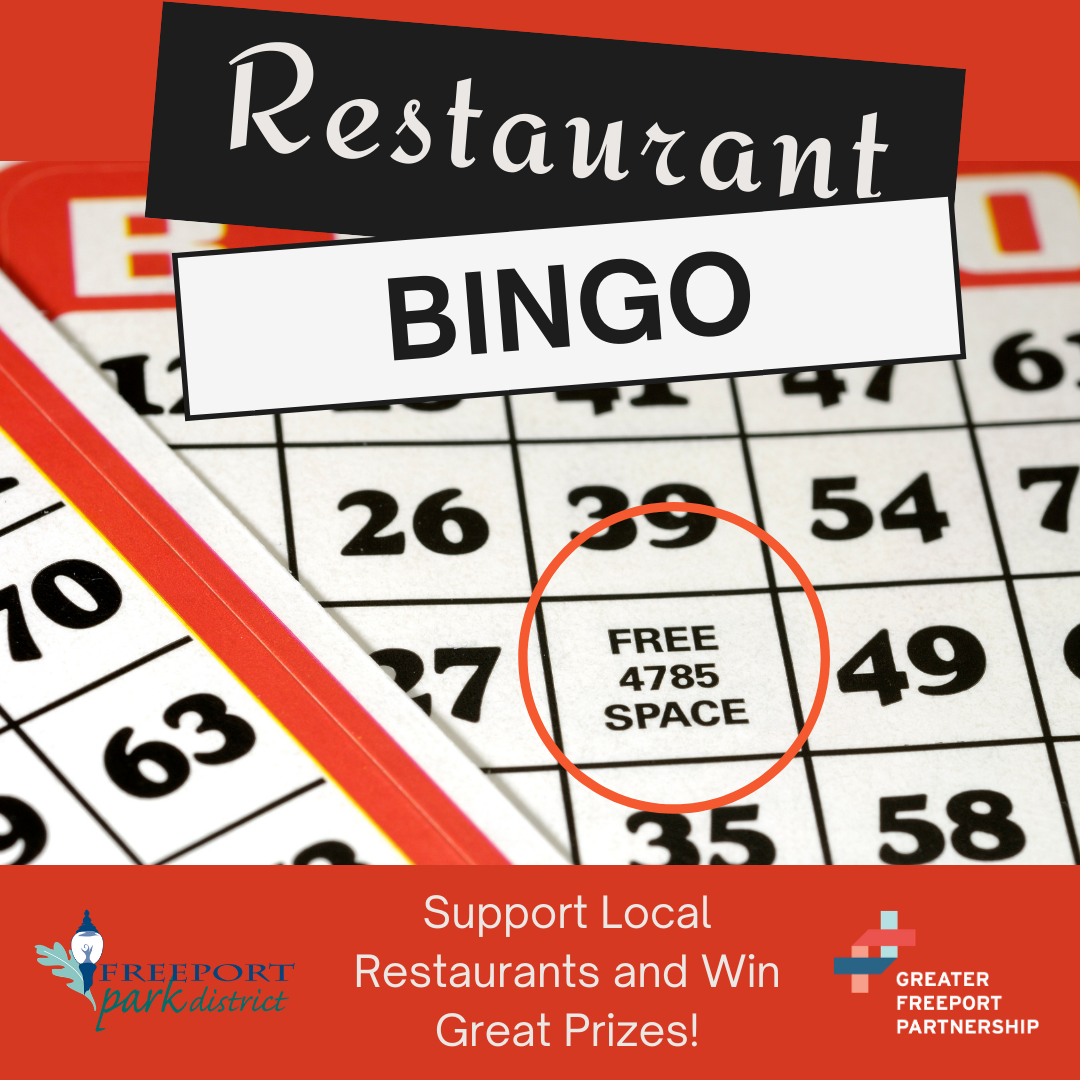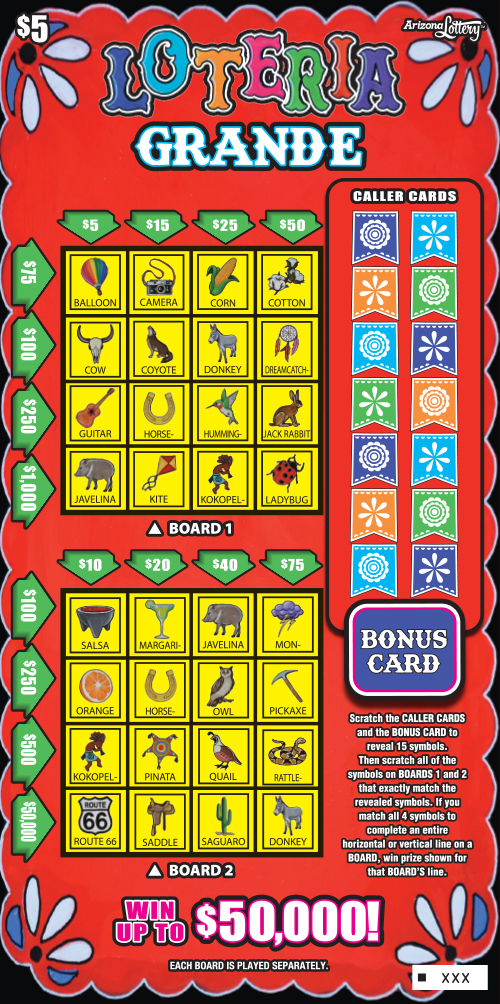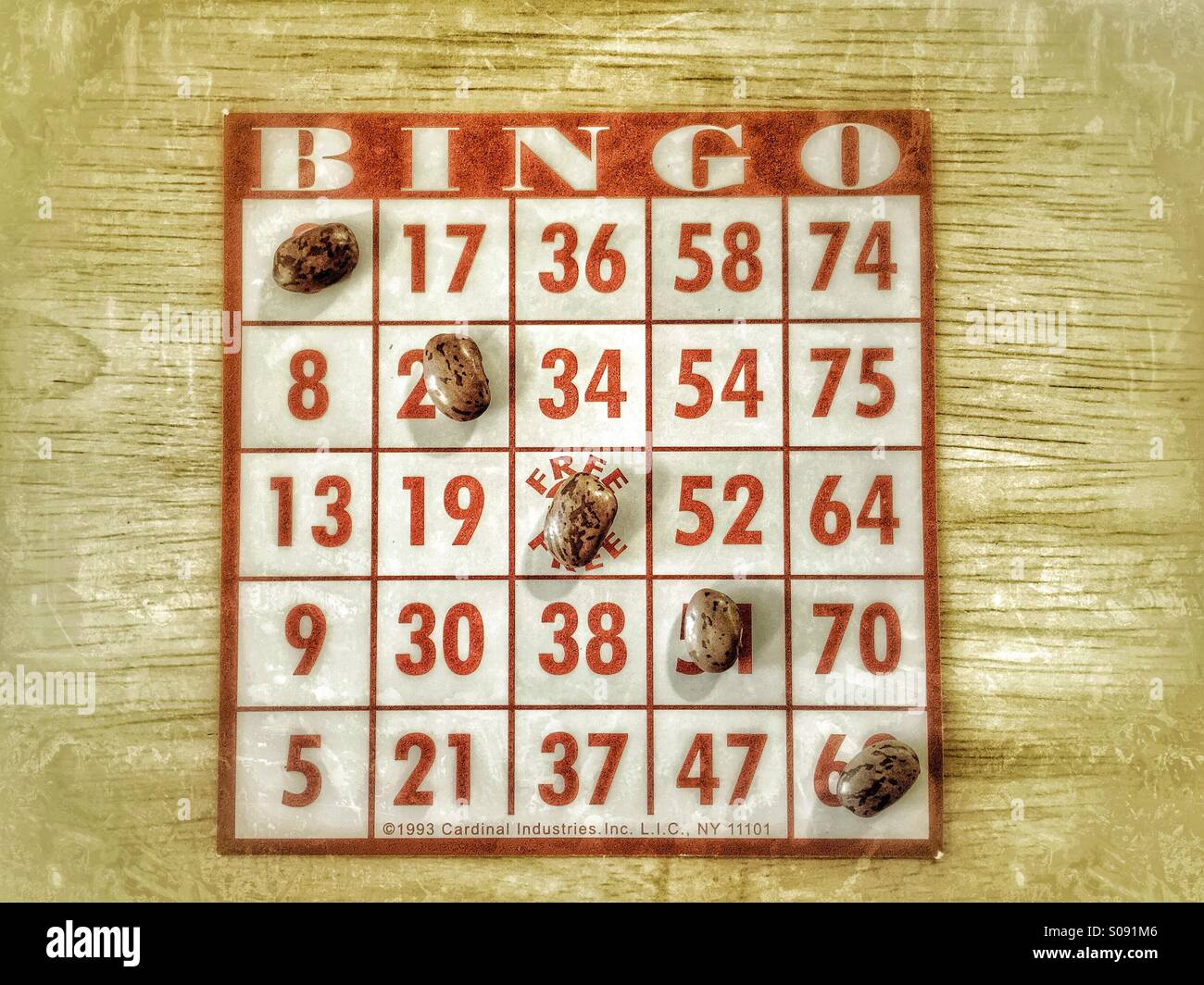Winning Bingo Card
Red bingo card with winning chips Beautiful woman winning at bingo. Pretty young women winning a bingo game and raising her card while playing with a group of friends. Warren's Winning Bingo Card bingo card with 2, 18, 41, 52, 70, 7, 22, 44, 55 and 72.
Cfwe Radio Bingo Winning Cards
(Math notation is generally the same as that used in Microsoft’s Excel. The MathNotation link will also give examples of the notnotation as used here.)
For 90 number Bingo ( 3 rows, 9 columns) please see Bingo 90.
The BingoStatistics link gives tables and graphs showing the probability for getting “Bingo” after the announcer has called “N” numbers. Tables and graphs cover both a single board and a 50 board game.
The Bingo4Corners and Letter “X” (both diagonals) link shows the single board probability of getting these patterns after “N” numbers have been called.
The BingoPicture Frame (all 4 edges) and Letter “Y” link shows the single board probability of getting these patterns after “N” numbers have been called.
The BingoProbabilties for a Complete Cover link shows the probabilities for covering all squares on a Bingo board.
The “How to calculate” link shows how to calculate these numbers including how to calculate the probabilities when any arbitrary number of boards are being played in a game.
Probabilitiesfor Swedish Bingo. A Swedish Bingo card has the familiar 5 rows and 5 columns, but the middle cell is not free. It has to be filled by having its number called.
Rules of the game: A typical Bingo card has 24 semi-random numbers and a central star arranged in a square of 5 rows and 5 columns. A Bingo card might look like:
1 16 31 46 61
4 19 34 49 64
8 23 * 53 68
11 26 41 56 71
15 30 45 60 75
We used the phrase “semi-random” to describe the numbers because the numbers in each column are confined within ranges. Column 1 will contain 5 random numbers in random order, but they are within a range of 1-15. Similar ranges exist for the other 4 columns (16-30, 31-45, 46-60, and 61-75). The central location is a “Free” spot. There are (15!/10!)^4 * (15!/11!) = 5.52+ E26 (more than 552 million billion billion) possible combinations that could exist - any one of which would be a legal Bingo card. (The “!” symbol is the mathematical notation for Factorial. e.g. Factorial(5) = 5 * 4 * 3 * 2 * 1 = 120.)
Note: The above number of combinations assumes the numbers in any column can be in random order. If the numbers in any column are always in sorted order with the lowest number on row 1 and the highest number on row 5, then the number of combinations in each of 4 columns is reduced by 5! = 120 and the number of combinations in the center column is reduced by 4! = 24.
Initially, the central “*” is counted as a “free” or “called” cell. Then, an announcer will call out numbers selected randomly within the total 1-75 range. (Usually this is done by randomly removing numbered balls from a revolving drum.) Whenever one of these called numbers matches a number on a player’s Bingo card, the player marks that number as “called”. Eventually, there will be a straight line of 5 called numbers that fill a row, fill a column, or form a corner-to-corner diagonal line. (Note: the “Free” center space can be part of the straight line). At this point the player yells “Bingo” and the game is over.
Probabilities: Of interest, in a single board game - What is the probability the player will have a “Bingo” after the announcer has called “N” numbers? Also, in a multiboard game, what is the probability that the first “Bingo” will show up after “N” numbers have been called? (Check the Bingo Statistics link.)
Variations on Bingo: Other patterns can be used for the game of Bingo. For example, a winning Bingo could be defined as filling a 2x2 block anywhere on a Bingo card. There are 16 possible locations where a 2x2 block could be located. Other Bingo variations could include filling any of the 9 possible 3x3 blocks, or filling a 2x3 block. A 2x3 block could also be rotated for 24 possible winning “Bingos”.
Other Bingo websites: The “Wizard of Odds” also has bingo statistics information - especially the gambling aspects of Bingo as well as a lot of good stuff on gambling in general. The probabilities given here match those in the “Wizard’s” tables. (It's reassuring to have two independent calculations come up with the same results.)
Return to Durango Bill's Home page
Web page generated via Sea Monkey's Composer
within a Linux Cinnamon Mint 18 operating system.
(Goodbye Microsoft)
Bingo cards are playing cards designed to facilitate the game of Bingo in its various forms around the world.


History[edit]
In the early 1500s the people of Italy began to play a game called 'Lo Gioco del Lotto d'Italia,' which literally means 'The game of lotto of Italy.' The game operated very much like a modern lottery as players placed bets on the chances of certain numbers being drawn. By the 1700s, a version of Lo Gioco del Lotto d'Italia was played in France, where paper cards were first used to keep track of numbers drawn by a caller.[1]
Before the advent of printing machines, numbers on bingo cards were either painted by hand or stamped using rubber stamps onto thick cardboard.[2] Cards were reusable, meaning players used tokens to mark called numbers. The number of unique cards was limited as randomization had to occur by hand. Before the advent of online Bingo, cards were printed on card stock and, increasingly, disposable paper.[3] While cardboard and paper cards are still in use, Bingo halls are turning more to 'flimsies' (also called 'throwaways') — a card inexpensively printed on very thin paper to overcome increasing cost — and electronic Bingo cards to overcome the difficulty with randomization.[4][5]
Types of Cards[edit]
There are two types of Bingo cards. One is a 5x5 grid meant for 75-ball Bingo, which is largely played in the U.S. The other uses a 9x3 grid for U.K. style 'Housie' or 90-ball Bingo.[6]
75-ball Bingo Cards[edit]

Players use cards that feature five columns of five squares each, with every square containing a number (except the middle square, which is designated a 'FREE' space). The columns are labeled 'B' (numbers 1–15), 'I' (numbers 16–30), 'N' (numbers 31–45), 'G' (numbers 46–60), and 'O' (numbers 61–75).[7]
Winning Bingo Card Games
Randomization[edit]
A popular Bingo myth[8] claims that U.S. Bingo innovator Edwin S. Lowe contracted Columbia University professor Carl Leffler to create 6,000 random and unique Bingo cards. The effort is purported to have driven Leffler insane. Manual random permutation is an onerous and time-consuming task that limited the number of Bingo cards available for play for centuries.
The calculation of random permutations is a matter of statistics principally relying on the use of factorial calculations. In its simplest sense, the number of unique 'B' columns assumes that all 15 numbers are available for the first row. That only 14 of the numbers are available for the second row (one having been consumed for the first row). And that only 13, 12, and 11 numbers are available for each of the third, fourth, and fifth rows. Thus, the number of unique 'B' (and 'I', 'G', and 'O', respectively) columns is (15*14*13*12*11) = 360,360. The combinations of the 'N' column differ due to the use of the free space. Therefore, it has only (15*14*13*12) = 32,760 unique combinations. The product of the five rows (360,3604 * 32,760) describes the total number of unique playing cards. That number is 552,446,474,061,128,648,601,600,000 simplified as 5.52x1026 or 552 septillion.
Printing a complete set of Bingo cards is impossible for all practical purposes. If one trillion cards could be printed each second, a printer would require more than seventeen thousand years to print just one set. However, while the number combination of each card is unique, the number of winning cards is not. If a winning game using e.g. row #3 requires the number set B10, I16, G59, and O69, there are 333,105,095,983,435,776 (333 quadrillion) winning cards. Therefore, calculation of the number of Bingo cards is more practical from the point of view of calculating the number of unique winning cards.
For example, in a simple one-pattern game of Bingo a winning card may be the first person to complete row #3. Because the 'N' column contains a free space, the maximum number of cards that guarantee a unique winner is (15*15*15*15) = 50,625. Because the players need to only focus on row #3, the remaining numbers in rows #1, #2, #4, and #5 are statistically insignificant for purposes of game play and can be selected in any manner as long as no number is duplicated on any card.
Perhaps the most common pattern set, known as 'Straight-line Bingo' is completing any of the five rows, columns, or either of the main diagonals.[5] In this case the possibility of multiple winning cards is unavoidable because any one of twelve patterns on every card can win the game. But not all 552 septillion cards need to be in play. Any given set of numbers in a column (e.g., 15, 3, 14, 5, 12 in the 'B' column) can be represented in any of 5! (for the 'B', 'I', 'G', and 'O' columns. 4! for the 'N' column) or 120 different ways. These combinations are all statistically redundant. Therefore, the total number of cards can be reduced by a factor of (5!4 * 4!) = 4,976,640,000 for a total unique winning card set of 111,007,923,832,370,565 or 111 quadrillion. (Still impossibly enormous, but our eager printer described above would only need 1.29 days to complete the task.)
The challenge of a multiple-pattern game is selecting a winner wherein a tie is possible. The solution is to name the player who shouts 'Bingo!' first, is the winner. However, it is more practical and manageable to use card sets that avoid multiple-pattern games. The single-pattern #3 row has already been mentioned, but its limited card set causes problems for the emerging online Bingo culture. Larger patterns, e.g. a diamond pattern consisting of cell positions B3, I2 and I4, N1 and N5, G2 and G4, and O3, are often used by online Bingo games to permit large number of players while ensuring only one player can win. (A unique winner is further desirable for online play where network delays and other communication interference can unfairly affect multiple winning cards. The winner would be determined by the first person to click the 'Bingo!' button (emulating the shout of 'Bingo!' during a live game).) In this case the number of unique winning cards is calculated as (152*(15*14)3/23) = 260,465,625 (260 million). The division by two for each of the 'I', 'N', and 'G' columns is necessary to once again remove redundant number combinations, such as [31,#,#,#,45] and [45,#,#,#,31] in the N column.
90-ball bingo cards[edit]
[9] In UK bingo, or Housie, cards are usually called 'tickets.' The cards contain three rows and nine columns. Each row contains five numbers and four blank spaces randomly distributed along the row. Numbers are apportioned by column (1–9, 10–19, 20–29, 30–39, 40–49, 50–59, 60–69, 70–79 and 80–90).
What Is The Best Bingo Card To Have
Other Types of Cards[edit]
See also[edit]
Best Bingo Numbers
- Reader service card (also known as a 'bingo card')
Winning Bingo Card Image Clip Art
References[edit]

- Young, William H. and Nancy K. The Great Depression in America: A Cultural Encyclopedia, Volume 1. Greenwood Publishing Group, 2007. ISBN978-0-313-33521-1.
Footnotes[edit]
- ^Crossland, Drake. 'Bingo:A Game's Journey Through History'. EZinearticles.com.
- ^'Bingo Card History'. VirtualBingo. Archived from the original on September 6, 2008. Retrieved 2012-12-08.
- ^'Bingo Cards'. BettingExpert. Retrieved 2012-12-08.
- ^'Types of Bingo Cards'. VirtualBingo. Archived from the original on September 6, 2008. Retrieved 2012-12-08.
- ^ abAndrew Bowser. 'Bingo Equipment'. How Stuff Works. Retrieved 2012-12-08.
- ^Hoeft, Mike (2014). The bingo queens of Oneida : how two moms started tribal gaming in Wisconsin (First ed.). ISBN978-0870206528.
- ^John, Player (1 January 2014). 'Gala Bingo Mobile App: play wherever you are'. Retrieved 20 January 2016.
- ^'Bingo Myths: Fact or Fiction?'. My Casino Strategy. Retrieved 2012-12-08.
- ^'bingobonuspage:What are the different Bingo game types?'. Archived from the original on December 6, 2015. Retrieved 12 April 2016.